It was at its first meeting in Paris in 1904 that FIFA decided that a world championship of football was needed. Two years later, Henri Delaunay, who pioneered the idea with Jules Rimet, said: “Today, international football can no longer be held within the confines of the Olympics; and many countries where professionalism is now recognised...cannot any longer be represented by their best players.” But it took 24 years between proclamation and execution when the first World Cup kicked off in Uruguay. Given the spate of boycotts, including by Britain, it was hardly representative of football on the planet but qualifiers being introduced for the next edition in Italy was proof that this was an idea whose time had come.
The World Cup that begins in Qatar on November 20 will be the 22nd edition of what is now an event that has grown in scale and scope in ways scarcely imaginable 92 years ago. Over half of humankind aged four and over, or 3.57 billion, watched the 2018 edition, according to FIFA. No single sporting event comes remotely close. From 13 countries in 1930, it has grown to 32 and will expand to 48 in 2026.
HT captures the journey of the World Cup through five distinct phases
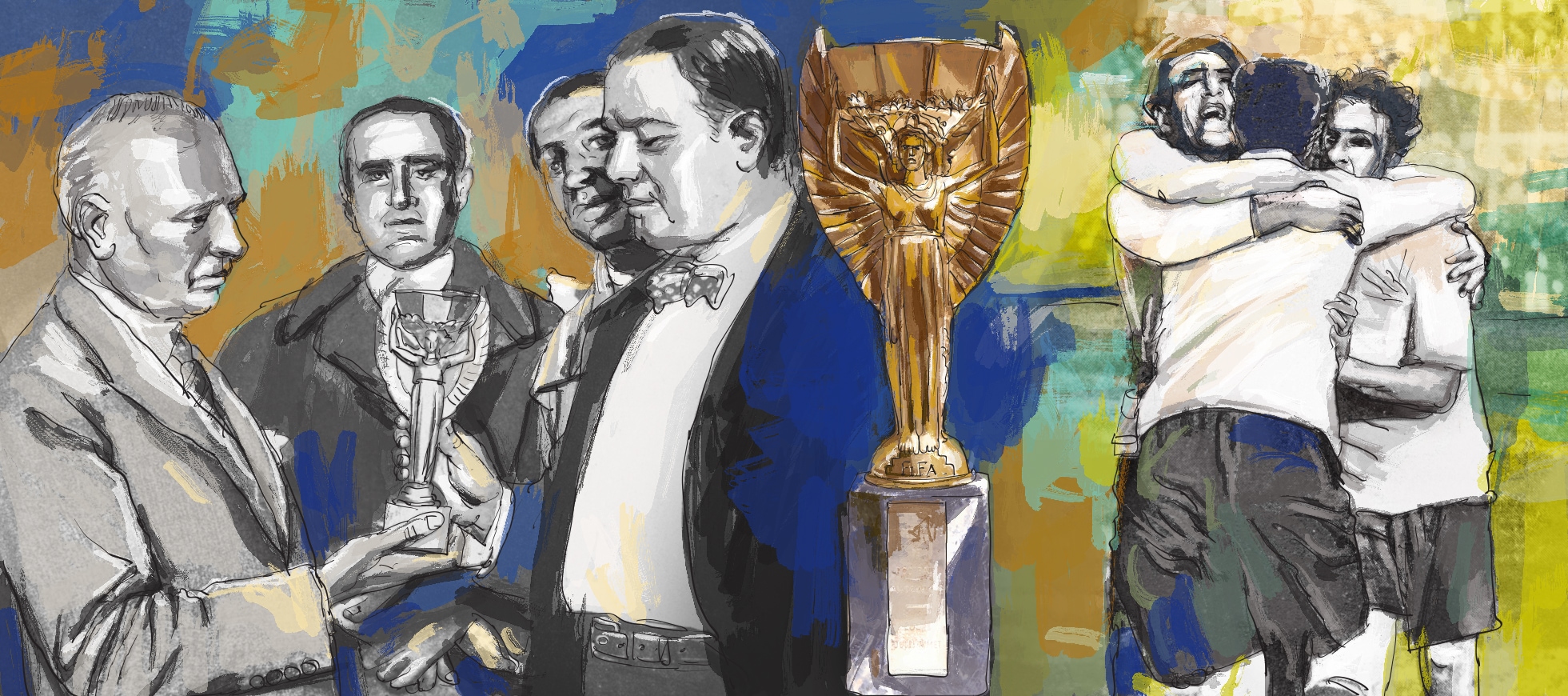
The first half of the 20th century saw FIFA’s ambition to push for an exclusive tournament gaining strength. The 1932 Los Angeles Olympics deciding to not include football, as it was not popular in the US, only made Jules Rimet more determined. WW2 forced a pause but the magic of Italy, the shock to the system Uruguay gave to Brazil added to the allure of the competition.
Enter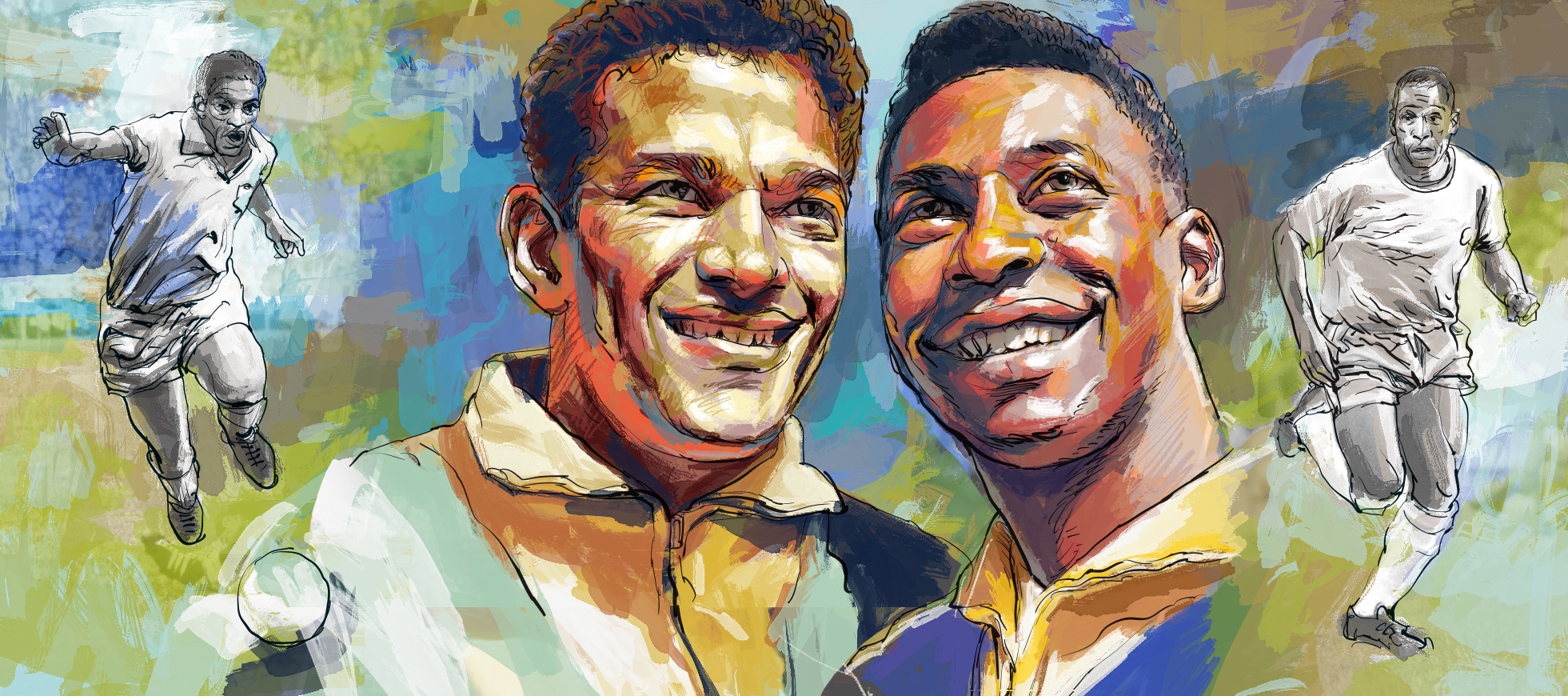
Hungary were stopped by the “Heroes of Bern” but from then on, Brazil dominated the era and football got its first global superstar. Some even said Pele was the world’s most used four-letter word. Winning three of the four World Cups between 1958 and 1970, they transmogrified football into the beautiful game.
Enter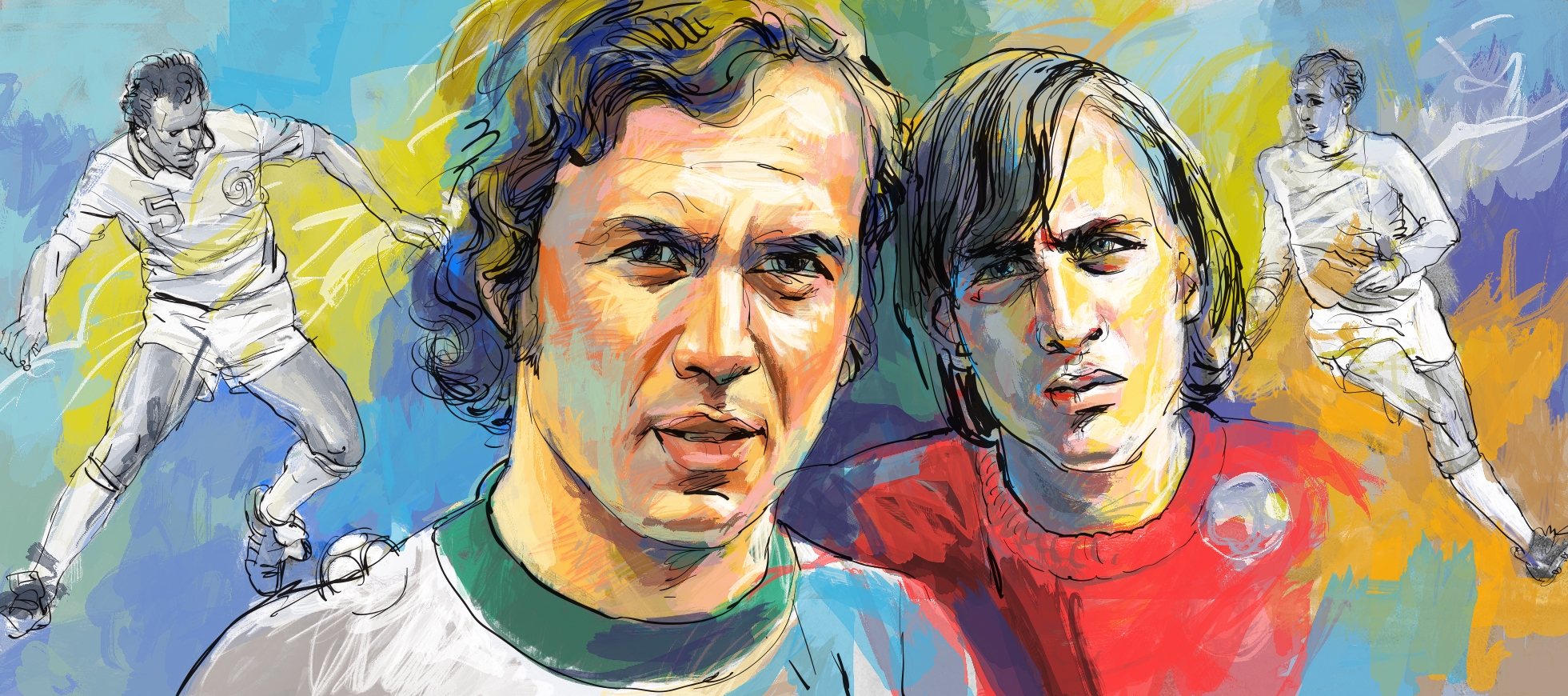
A change of guard at FIFA, with Olympian Joao Havelange taking over from Stanley Rous, triggered an expansion in the number of teams, a trend that continues. The editions were marked by home teams winning, the return of sportwashing, the majesty of Franz Beckenbauer, the elegance of Johan Cruyff and the poaching instinct of Mario Kempes.
Enter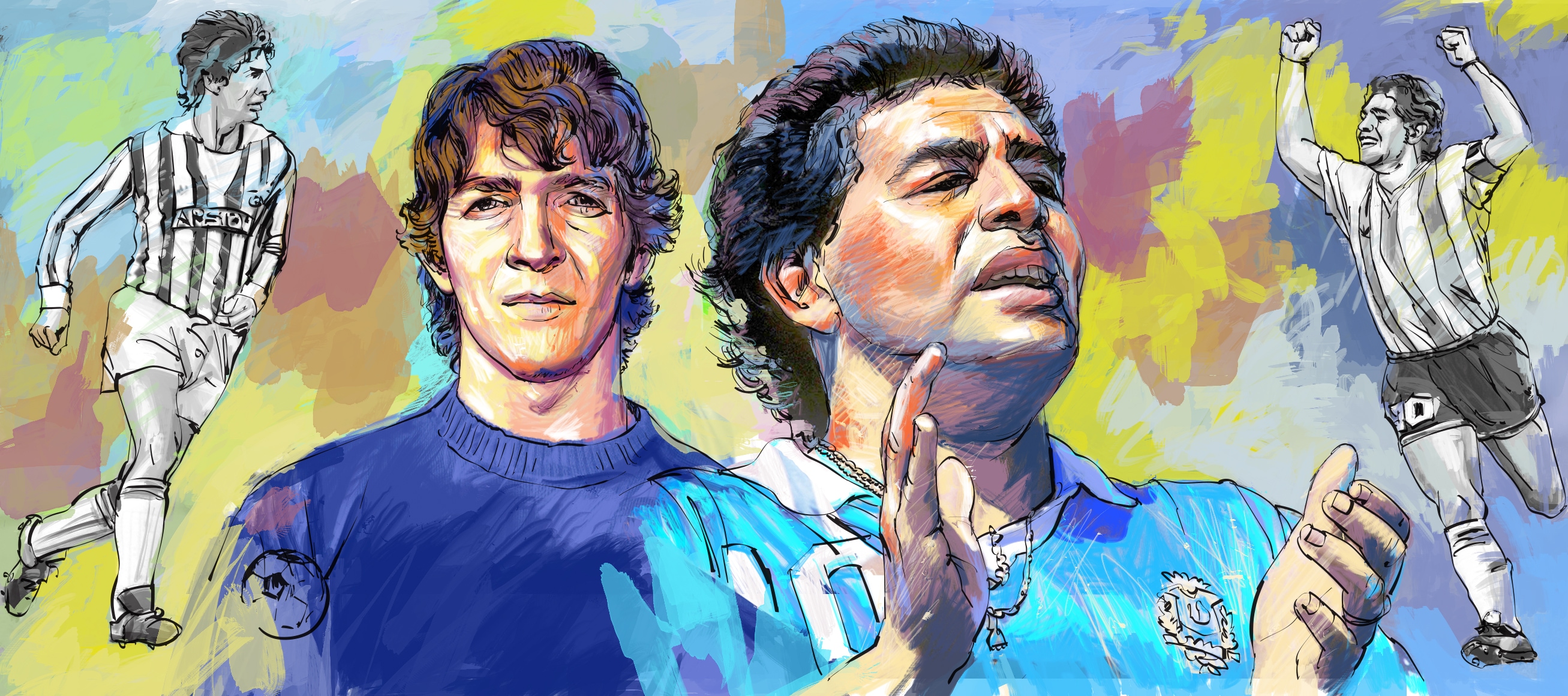
As a boy wonder, Diego Maradona said on a television programme that he had “two dreams”. The first was to play in the World Cup. The other: win the eighth division league title and “whatever follows” with Argentinos Juniors. Maradona played in four editions of the World Cup, and left an everlasting imprint on all of them, changing them and football forever.
Enter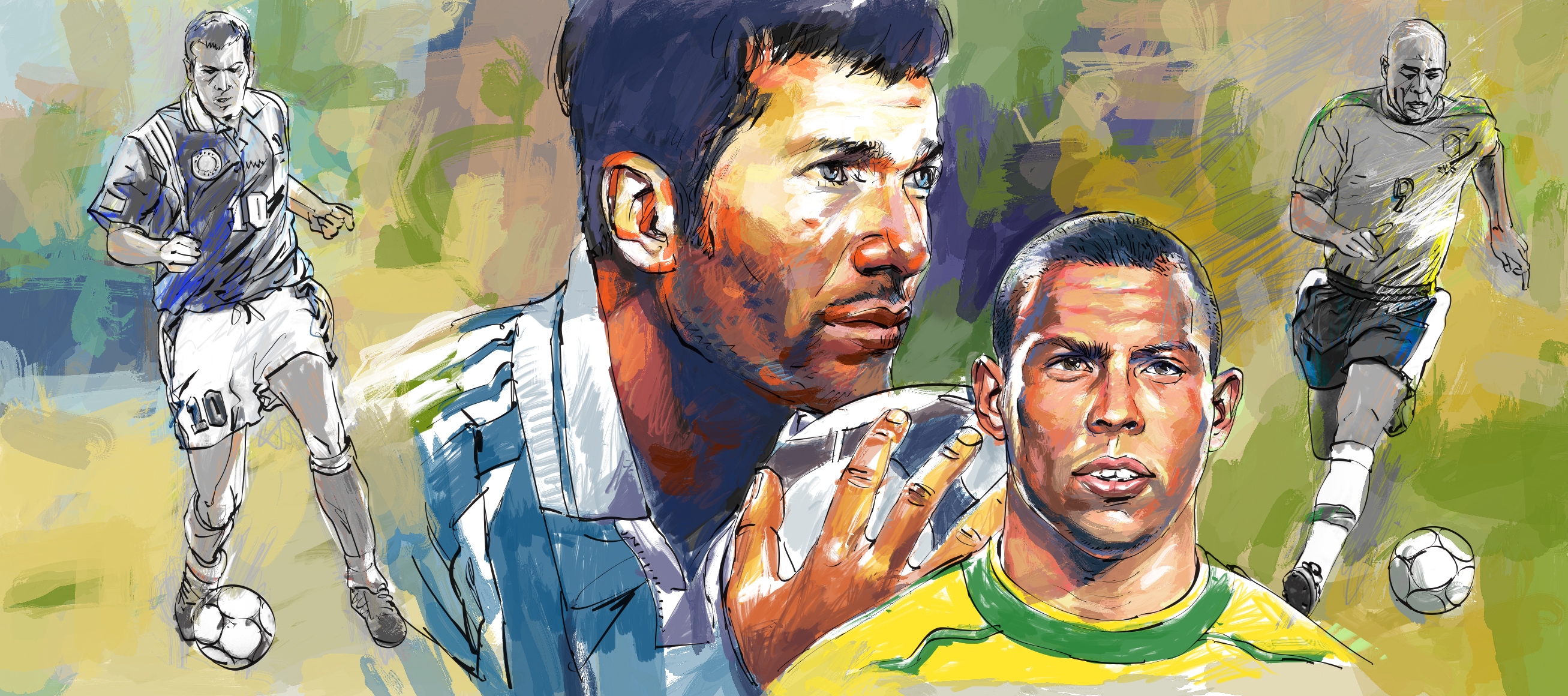
France and Spain emerged first-time winners as the World Cup forayed into countries it had never gone before. Like it is doing in 2022. These editions were about Zinedine Zidane moving from sublime to surly, of a phenomenon called Ronaldo redeeming himself, and another teen superstar Kylian Mbappe hitting the high notes. They were also about lesser-established football nations punching above their weight -- think Croatia, think Ghana, think South Korea, think Senegal. Will the trend continue in Qatar?
Enter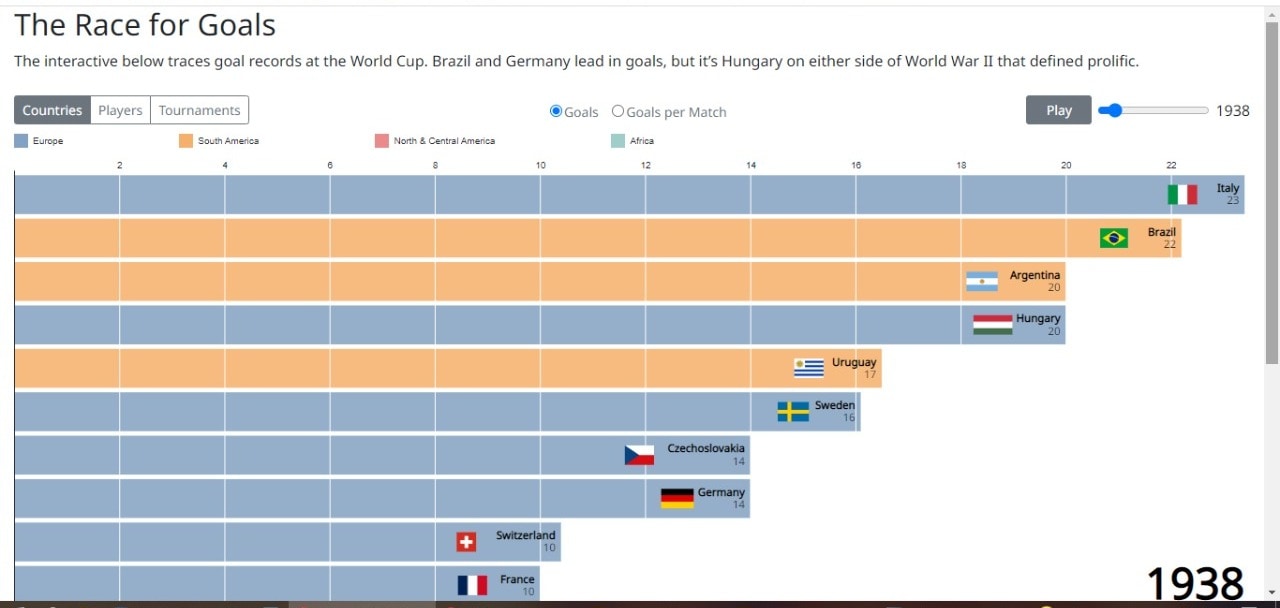
Which countries have scored the most? Which players top that chart? How has the list changed over
the years, as formats, the total number of teams and the ball itself have changed? Check out an
interactive graphic that tracks goals, players and countries across nearly 90 years, since the first
World Cup in 1930, to the last one in 2018. Plus, data, comparative charts by region, and every
World Cup poster so far.
View interactive